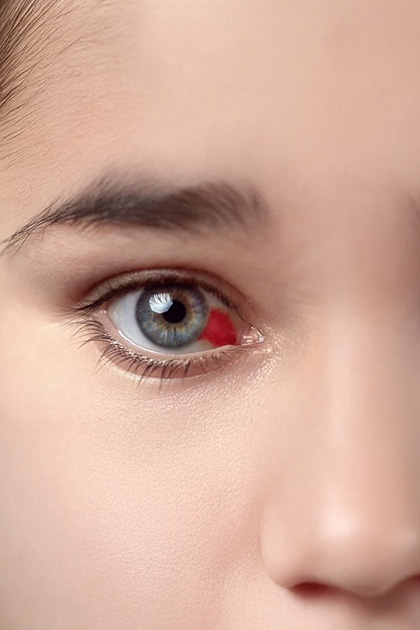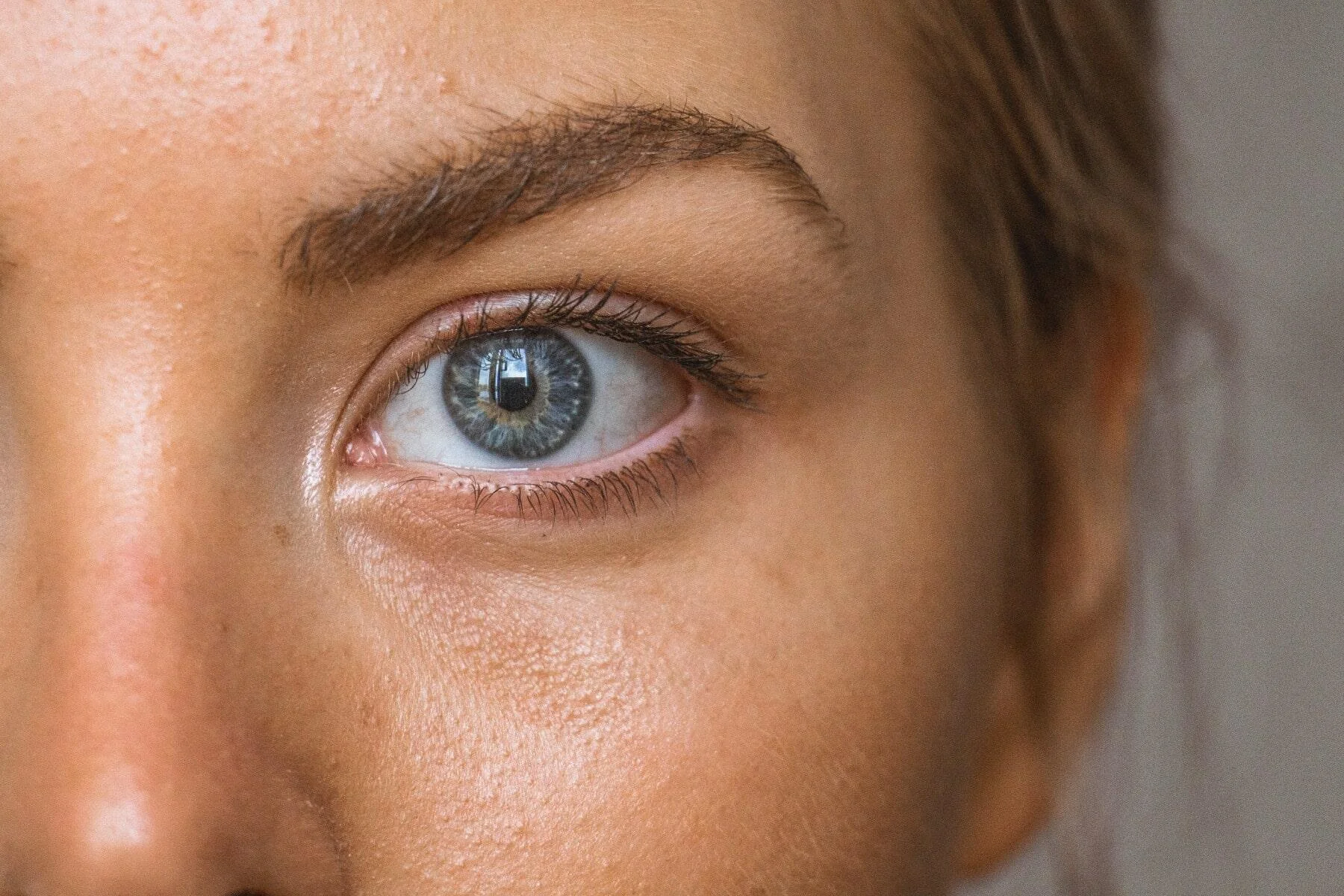

Conjunctivitis, commonly known as red eye, is the inflammation of the membrane that covers the white part of the eye and the inner surface of the eyelids. This condition usually arises from infections (bacterial or viral), allergies, or environmental factors. Conjunctivitis can be contagious and typically presents with symptoms such as redness, tearing, burning, and discharge from the eye.
Overview of Treatment
Can occur at any age
May be caused by bacteria, viruses, or allergies
Common symptoms include redness, tearing, burning, and crusting in the eye
The bacterial form is treated with antibiotics
The viral form is managed with supportive care
The allergic form is treated with antihistamine eye drops
Contact lens users should avoid wearing lenses during the treatment period
Eye hygiene is very important for successful treatment
How Is Red Eye (Conjunctivitis) Treated?
The treatment of conjunctivitis is planned according to the underlying cause. Treatment is typically carried out with eye drops and maintaining eye hygiene.
Bacterial conjunctivitis: Treated with antibiotic eye drops or ointment. Viral conjunctivitis: Managed with cold compresses, artificial tears, and proper hygiene. Allergic conjunctivitis: Symptoms are relieved using antihistamine eye drops.
Washing hands frequently and avoiding eye contact is important. Personal towels and pillowcases should be used. Eye makeup should be avoided, and contact lenses should not be worn. Cold compresses can help reduce discomfort.
Bacterial conjunctivitis usually improves within 3–5 days. Viral types may last 1–2 weeks. In allergic conjunctivitis, avoiding the allergen can quickly reduce symptoms. Consistent use of prescribed medications helps reduce the risk of recurrence.
